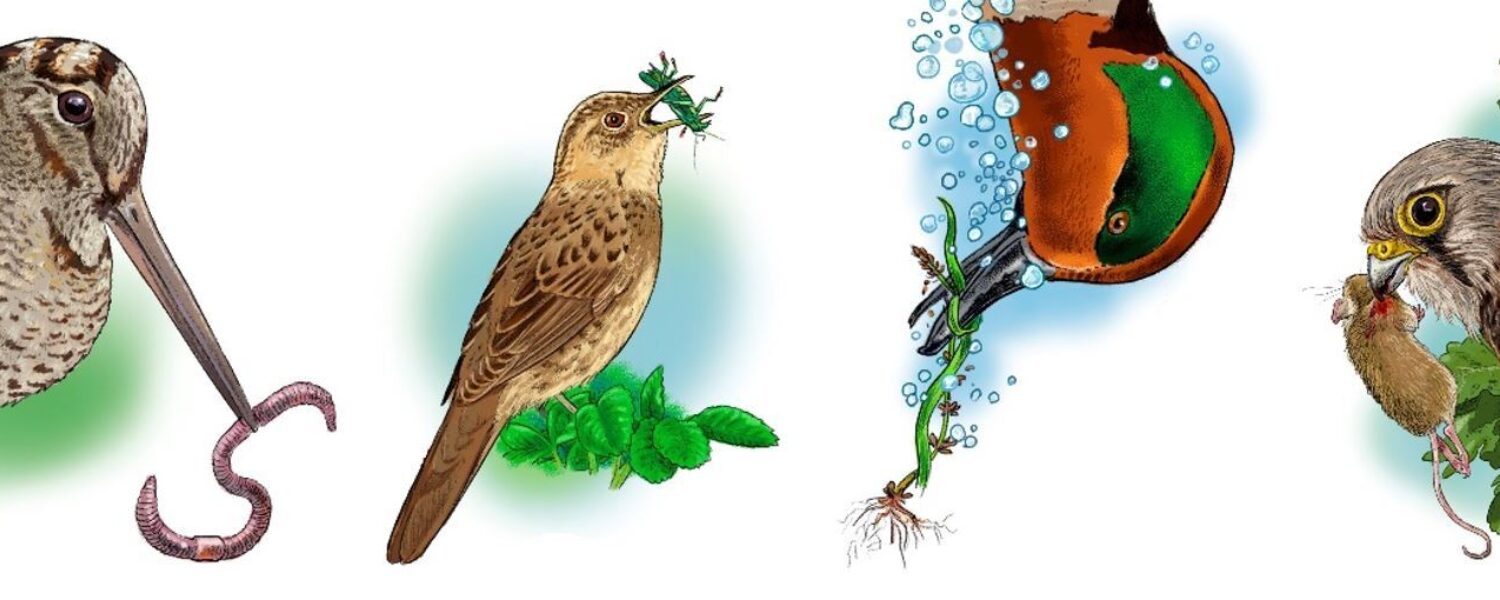The Bill, Please!
An Exhibition on Birds, Bird Food, and Taxidermy
The Exhibition
Does the beak determine what birds eat and what it looks like? This question is explored in the exhibition "Rett i nebbet," where around 50 species are grouped according to their diet. The specimens come from the collection of taxidermist Halvard Helgø. So, visit the Stavanger Museum and judge for yourself whether the beak determines what the bird eats.
Museum Specimens: Communication of Natural History, Culture, and Art
Nature takes its course, and life comes to an end. The desire to preserve the living for posterity has long cultural traditions. We can visit graveyards or memorial sites to remember those who have left us. In ancient Egypt, both humans and animals were embalmed in tombs. Today, it is unusual to have deceased relatives in the home, but having stuffed animals is common. These stuffed animals serve as expressions of art or as mementos of cherished experiences.
Are They Real?
Taxidermy is a meticulous process. First, the animal must be skinned, and all soft tissue, such as meat and fat, must be removed. The skin is tanned and cleaned before being assembled around a model. Artificial eyes and teeth are inserted. Finally, the animal is shaped to look lifelike. So, the animals are real, but there are several aspects of the specimens that are not. The term "taxidermy" means "to move the skin."
Scientific Communication Objects and Art Simultaneously?
A taxidermist must possess a rare combination of in-depth zoological knowledge, good aesthetic sense, and be up-to-date on material technology. The animal should appear lifelike and convey the animal's behavior or function. For example, a golden eagle might be mounted in a hunting pose, diving at prey at over 300 km/h. Taxidermists participate in competitions where they can present their specimens and gain recognition for their art. Additionally, the materials used must have very high durability.
The Taxidermist
The number of taxidermists is decreasing, but their work will last a long time. In this mini-exhibition we showcase specimens prepared by Halvard Helgø, representing a combination of art and nature.
How to Become a Taxidermist
Does becoming a taxidermist sound exciting? Taxidermy is a protected profession and requires certification from the Norwegian Environment Agency. Few taxidermists are trained, but in Norway, the opportunity exists through a four-year apprenticeship and a journeyman’s test. For more information, you can visit the website of the Norwegian Taxidermist Association.



